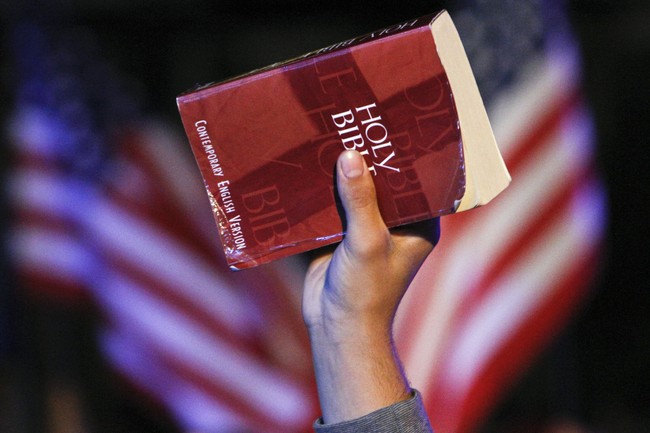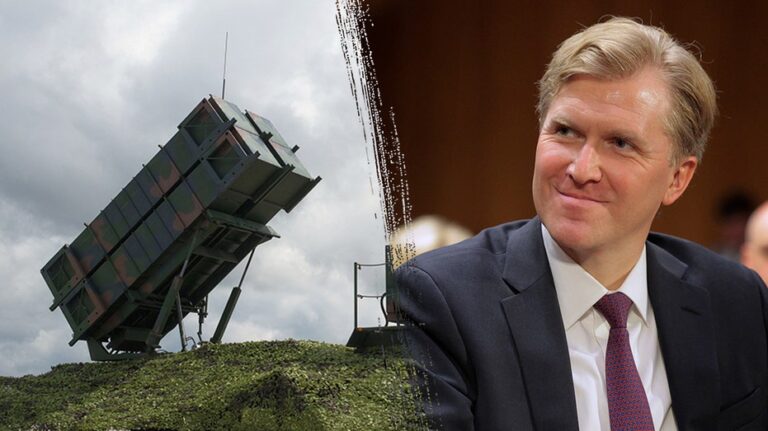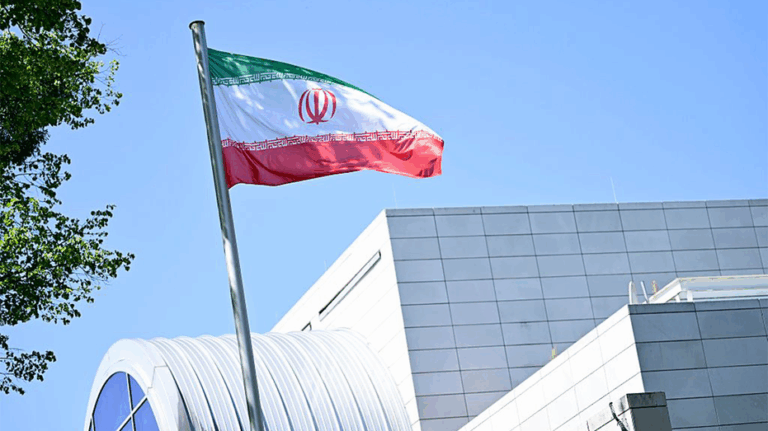In recent years, the length of blockbuster films has been a topic of growing discussion. While long runtimes were once reserved for award-winning dramas, it is now common for superhero and action films to extend well beyond two hours. Director Gareth Edwards, known for his work on Godzilla, Rogue One: A Star Wars Story, and The Creator, aimed to buck this trend with his latest project, Jurassic World: Rebirth, by keeping it under two hours. However, a studio request altered his plans.
Edwards shared with io9 that he managed to trim the film to one hour and 59 minutes, only to have the studio suggest reinstating the cut content.
“I was determined to do a film that was under two hours. And so we showed this one hour 59 [minute] cut to the studio. And essentially their note was like, ‘Great, could you put the five minutes that you cut out back in?’ And so we put those five minutes back in, and it was essentially the movie,”
he explained.
The official runtime of Jurassic World: Rebirth is now listed at two hours and 14 minutes, suggesting that even Edwards’ version would have surpassed two hours once credits were included. This adjustment highlights a broader industry trend where lengthy runtimes have become the norm for major releases.
The Industry’s Runtime Dilemma
Historically, studios have preferred shorter films, allowing for more showtimes and, consequently, increased box office revenue. Yet, in the current cinematic landscape, longer films have become a staple, with audiences seemingly willing to invest more time in immersive experiences. This shift is evident in recent blockbusters, many of which regularly exceed the two-hour mark.
Despite this preference for brevity, the decision to add five minutes back into Jurassic World: Rebirth suggests that the studio believed these scenes added significant value to the film.
Generally speaking, studio executives are happier when movies are shorter. The shorter a movie is, the more showtimes a theatrical film can have, and thus the more money can be made.
However, in this case, the balance tipped in favor of storytelling over runtime efficiency.
Audience Expectations and Franchise Legacy
The Jurassic Park franchise, despite mixed critical reception for its sequels, has consistently performed well at the box office. The previous installment, Jurassic World: Dominion, holds the record for the longest runtime in the series at nearly two and a half hours, yet it grossed over a billion dollars globally. This financial success underscores the franchise’s enduring appeal and suggests that audiences are willing to overlook runtime for the thrill of dinosaur adventures.
The decision to restore the cut footage in Rebirth may also reflect an understanding of audience expectations. Fans of the franchise often anticipate epic storytelling and expansive visuals, elements that longer runtimes can accommodate.
The new film is getting a lukewarm response from critics; our own Jurassic World: Rebirth review doesn’t find much to love, but the Jurassic Park franchise has never had any trouble making piles of money at the box office, and there’s no reason to believe that’s going to change now.
Looking Ahead: The Impact on Future Releases
As Jurassic World: Rebirth prepares for its theatrical release, the debate over its runtime offers a glimpse into the evolving dynamics between directors and studios. While Edwards’ initial vision was altered, the film’s performance will likely influence future decisions regarding the balance between artistic intent and commercial considerations.
Meanwhile, fans can look forward to additional content with the home release, which Edwards hints will include two or three deleted scenes. This extra material may provide further insight into the director’s original vision and the narrative elements deemed essential by the studio.
Ultimately, the success of Jurassic World: Rebirth will depend not only on its runtime but also on its ability to captivate audiences with its storytelling and spectacle. As the film industry continues to navigate the complexities of modern filmmaking, the interplay between creative ambition and commercial viability remains a central theme.

























